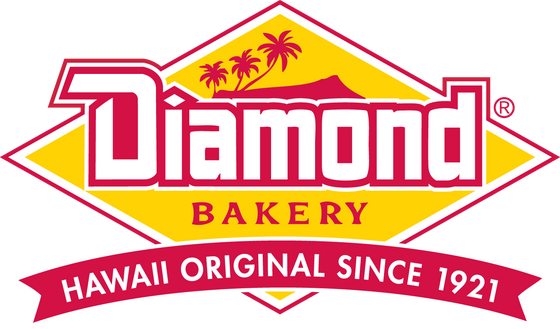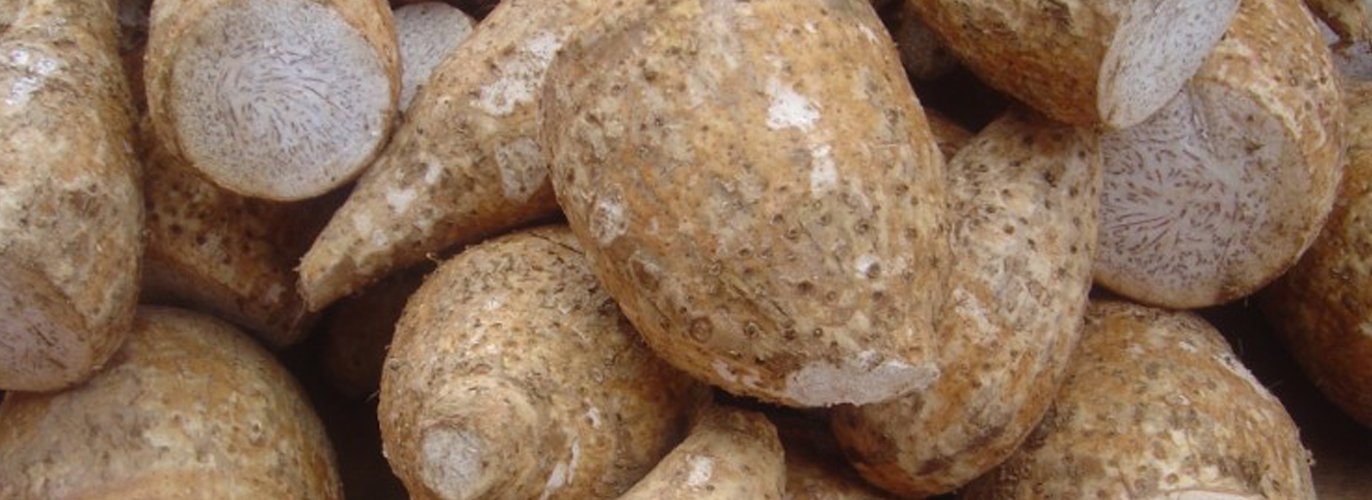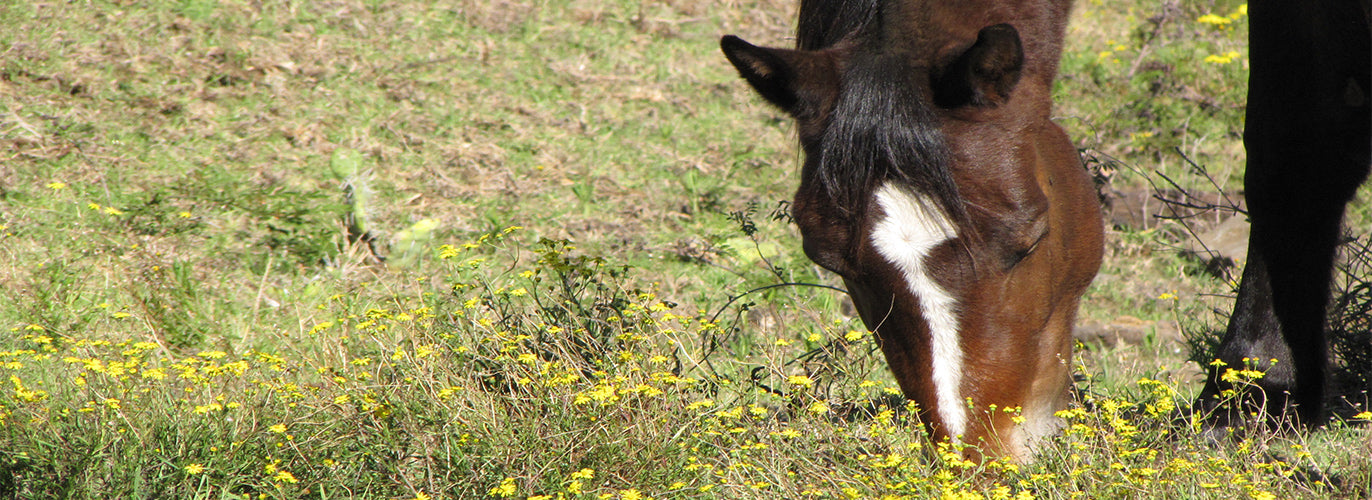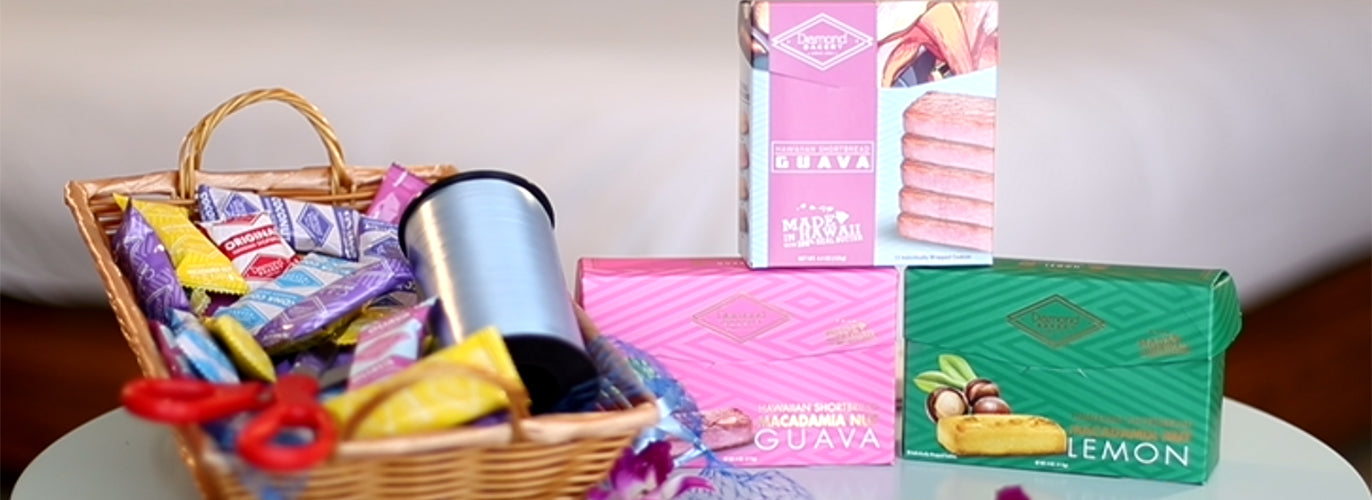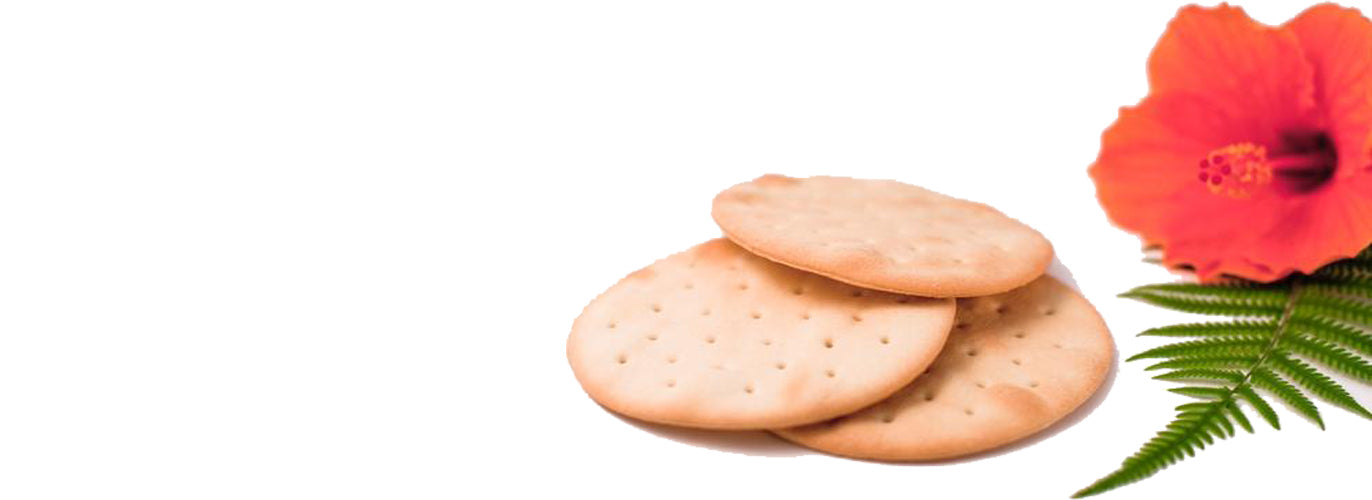|
Taro or kalo was once a staple of the Hawaiian diet, used as medicine and in ritual. Today, it’s still an integral part of the Hawaiian culture. According to Hawaiian mythology, kalo was actually the stillborn child of Wākea (the sky father) and his daughter, Ho`ohokukalani. His name was named Hāloa, and the kupuna or elders wrapped Hāloa in kapa and buried him. Legend has it that from this buried child grew a taro plant. To this day, our connection to Hāloa is strong, the Hawaiians view Hāloa as an ancestor. Kalo is traditional principal food of the Hawaiian people and reminds us of the saying “e malama pono i ka ʻāina” which means take good care of the earth. Hawaiians have a very strong connection to the land and the sea, if at any time there is no kalo or poi, the spirit of Hāloa will vanish and die. Hawaiians believe they are one with Hāloa, they are one with the land. Kalo thrives in both wet and dryland areas. Wet taro grows best with a ready source of water such as a naturally flowing stream that can be diverted to flow through taro terraces or loʻi. Dryland taro is often planted in upper elevation forest clearings. Today, kalo is generally served as poi or mashed taro; however, it can be prepared in many ways. Kalo can be made into chips, pancakes paired with coconut, fries, and even frozen yogurt! It is enjoyed in many restaraunts throughout the islands as being an integral part of any local meal. If poi isnʻt your thing, you can taste the unique flavors that connect the Hawaiians to the land with our new taro flavored shortbread cookies! Sure to satisfy your taro needs.
|
